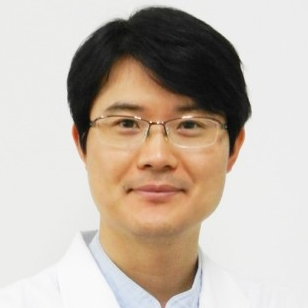Restorative and Endodontic Materials for Clinical Dentistry
A special issue of Applied Sciences (ISSN 2076-3417). This special issue belongs to the section "Applied Dentistry and Oral Sciences".
Deadline for manuscript submissions: closed (20 November 2022) | Viewed by 16977
Special Issue Editors
Interests: dental adhesion; composite resin; biofilm; dental pulp stem cell
Interests: bioactive glass; restorative dentistry; dentin adhesion; biocompatibility of dental materials
Special Issues, Collections and Topics in MDPI journals
Special Issue Information
Dear Colleagues,
Restorative dentistry and endodontics, which are a major part of clinical dentistry, have the same aim to preserve tooth structure and keep its natural function. Clinical dentistry has changed due to the tremendous development of dental materials. For example, restorative dentistry goes toward more minimal invasive dentistry because of the improvement of dental adhesives and composite resins. Tooth-colored restorations are no longer weak in intraoral functions thanks to the enhancement of the physical properties of composite resin and dental ceramics and the emergence of mechanically strong tooth-colored materials. From this, research on restorative and endodontic materials leads to the development of clinical dentistry. This Special Issue aims to present new findings, development, and applications in restorative and endodontic materials for clinical dentistry.
Researchers are encouraged to submit their latest findings and results on restorative and endodontic materials as full-length articles or reviews. Restorative materials include dental adhesives, composite resins, glass ionomer, ceramics, metal restoratives, new types of restoratives, and any type of additional devices for dental restorations. Endodontic materials include root canal instruments, canal filling materials, root canal sealers, bioactive materials for the regeneration of dentin and pulp, and any devices for endodontics.
Prof. Dr. Sun-Young Kim
Prof. Dr. Ji-Hyun Jang
Guest Editors
Manuscript Submission Information
Manuscripts should be submitted online at www.mdpi.com by registering and logging in to this website. Once you are registered, click here to go to the submission form. Manuscripts can be submitted until the deadline. All submissions that pass pre-check are peer-reviewed. Accepted papers will be published continuously in the journal (as soon as accepted) and will be listed together on the special issue website. Research articles, review articles as well as short communications are invited. For planned papers, a title and short abstract (about 100 words) can be sent to the Editorial Office for announcement on this website.
Submitted manuscripts should not have been published previously, nor be under consideration for publication elsewhere (except conference proceedings papers). All manuscripts are thoroughly refereed through a single-blind peer-review process. A guide for authors and other relevant information for submission of manuscripts is available on the Instructions for Authors page. Applied Sciences is an international peer-reviewed open access semimonthly journal published by MDPI.
Please visit the Instructions for Authors page before submitting a manuscript. The Article Processing Charge (APC) for publication in this open access journal is 2400 CHF (Swiss Francs). Submitted papers should be well formatted and use good English. Authors may use MDPI's English editing service prior to publication or during author revisions.
Keywords
- Restorative dentistry
- Endodontics
- Dental adhesion
- Pulp–dentin complex regeneration
- Dental ceramics
- Prosthodontics






